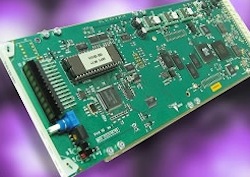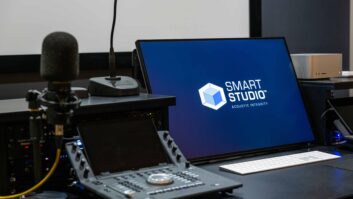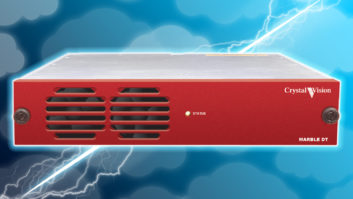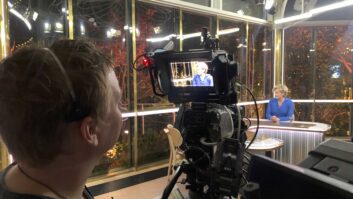
Austria’s national public service broadcaster ORF has selected Crystal Vision to supply 221 interface boards including up and down converters, synchronisers, routing switches, distribution amplifiers and video delays for the rebuild of its RP1 Studio. Eight Up-Down-A 3G up, down, cross converters were purchased to use in the new studio to ensure that an HD output can be used as well as SD from within the control room. 12 Up-Down-AS 3G synchronising up, down, cross converters have been implemented by ORF to convert non-system signals to the correct HD format and timing. ORF purchased seven Q-Down-AG 3G and 16 Q-Down123 down converters. These down converters offer a short processing delay to keep everything in sync and work with HD and SD sources – while the Q-Down-AG 3G can work with 3Gb/s too. In addition to providing up to eight input loop-throughs, they also provide three HD or SD down converted outputs individually selectable between analogue and digital. The Q-Down-AG 3Gs will be used to distribute programmes and clean feeds and also allow down converting for other signals to be used for SD transmission. ORF is using 19 SYN-A 3G synchronisers to synchronise lines from the studio to the control room via splitters and also synchronise a Blu-Ray player. The SYN-A 3G features that ORF finds particularly useful are the optical input capabilities – with the ability to fit a FIP fibre input option for fibre directly into the board – and the use of three video outputs. Eight SYNNER-E 3G multi-functional synchronisers fitted with a FIP fibre input option are being used to synchronise and de-embed audio on the lines from the central matrix to the control room. A further three SYNNER-E 3Gs will be fitted with a FOP fibre output option to allow for optical output. Routing switches are being implemented as output selectors for programmes and clean feeds. The two Safe Switch-L 3G clean and intelligent 2 x 2 switches – with a full framestore synchroniser on each input to guarantee a clean switch – will be used either from the router, with already embedded audio, or directly from the vision mixer. ORF purchased 14 3GDA105N and five 3GDA111N non-reclocking digital video distribution amplifiers for the simple distribution of SD and HD. 16 VDA110M HD analogue video distribution amplifiers were purchased to allow distribution of the analogue reference. To convert analogue signals from the autocue and the output of wireless cameras to bring them into a digital system, five ADDEC210 analogue to digital converters are being fitted. The one FTX 3G fibre optic transmitter and two FRX 3G fibre optic receivers – which are both dual channel – are useful to have within the new studio as it allows graphics to be transported over long distances from ORF’s graphics room which is located over 200m away and therefore cannot be distributed reliably through copper wires. Six FTX-L-CWDM 3G fibre optic transmitters have been purchased because 12 outputs of the vision mixer have to be merged into two CWDM streams. Electrical outputs of the mixer must be brought into the individual CWDM frequency using this card. Finally, 25 ViViD HD video delays (pictured) – providing half a second of HD delay and three seconds of SD – allow for the delaying of the output from all cameras to match up with delayed wireless cameras. The boards are located in the RP1 control room and with board operation coming from Statesman Lite – the free version of Crystal Vision’s PC control software. www.crystalvision.tv






